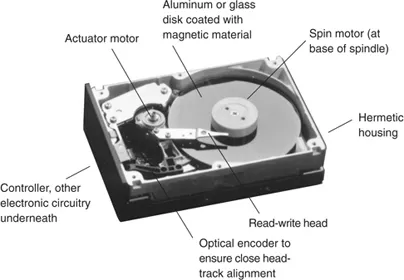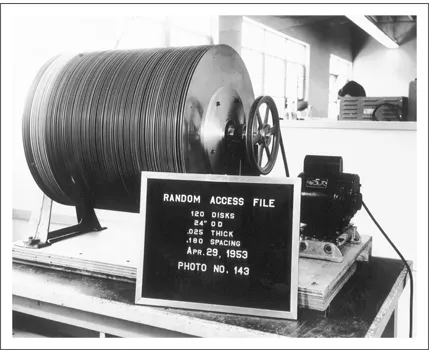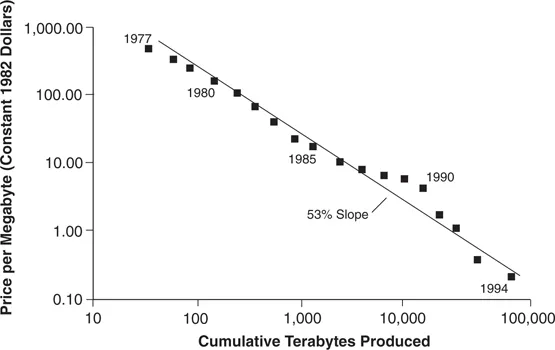
The Innovator's Dilemma
When New Technologies Cause Great Firms to Fail
Clayton M. Christensen
- 288 pages
- English
- ePUB (mobile friendly)
- Available on iOS & Android
The Innovator's Dilemma
When New Technologies Cause Great Firms to Fail
Clayton M. Christensen
About This Book
Named one of 100 Leadership & Success Books to Read in a Lifetime by Amazon Editors A Wall Street Journal and Businessweek bestseller. Named by Fast Company as one of the most influential leadership books in its Leadership Hall of Fame. An innovation classic. From Steve Jobs to Jeff Bezos, Clay Christensen’s work continues to underpin today’s most innovative leaders and organizations. The bestselling classic on disruptive innovation, by renowned author Clayton M. Christensen.His work is cited by the world’s best-known thought leaders, from Steve Jobs to Malcolm Gladwell. In this classic bestseller—one of the most influential business books of all time—innovation expert Clayton Christensen shows how even the most outstanding companies can do everything right—yet still lose market leadership.Christensen explains why most companies miss out on new waves of innovation. No matter the industry, he says, a successful company with established products will get pushed aside unless managers know how and when to abandon traditional business practices.Offering both successes and failures from leading companies as a guide, The Innovator’s Dilemma gives you a set of rules for capitalizing on the phenomenon of disruptive innovation.Sharp, cogent, and provocative—and consistently noted as one of the most valuable business ideas of all time— The Innovator’s Dilemma is the book no manager, leader, or entrepreneur should be without.
Frequently asked questions
Information
Part One
CAN FAIL
CHAPTER ONE
How Can Great Firms Fail? Insights from the Hard Disk Drive Industry

HOW DISK DRIVES WORK

EMERGENCE OF THE EARLIEST DISK DRIVES

THE IMPACT OF TECHNOLOGICAL CHANGE
